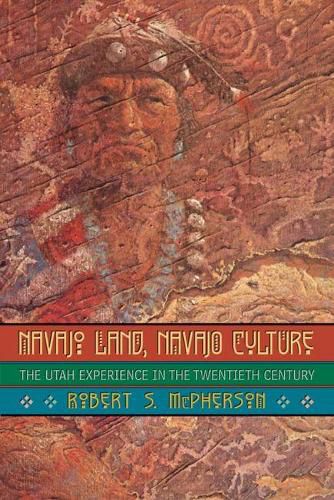Readings Newsletter
Become a Readings Member to make your shopping experience even easier.
Sign in or sign up for free!
You’re not far away from qualifying for FREE standard shipping within Australia
You’ve qualified for FREE standard shipping within Australia
The cart is loading…






In Navajo Land, Navajo Culture, Robert S. McPherson presents an intimate history of the Dine, or Navajo people, of southeastern Utah. Moving beyond standard history by incorporating Native voices, the author shows how the Dine’s culture and economy have both persisted and changed during the twentieth century.As the dominant white culture increasingly affected their worldview, these Navajos adjusted to change, took what they perceived as beneficial, and shaped or filtered outside influences to preserve traditional values. With guidance from Navajo elders, McPherson describes varied experiences ranging from traditional deer hunting to livestock reduction, from bartering at a trading post to acting in John Ford movies, and from the coming of the automobile to the burgeoning of the tourist industry.
Clearly written and richly detailed, this book offers new perspectives on a people who have adapted to new conditions while shaping their own destiny.
$9.00 standard shipping within Australia
FREE standard shipping within Australia for orders over $100.00
Express & International shipping calculated at checkout
In Navajo Land, Navajo Culture, Robert S. McPherson presents an intimate history of the Dine, or Navajo people, of southeastern Utah. Moving beyond standard history by incorporating Native voices, the author shows how the Dine’s culture and economy have both persisted and changed during the twentieth century.As the dominant white culture increasingly affected their worldview, these Navajos adjusted to change, took what they perceived as beneficial, and shaped or filtered outside influences to preserve traditional values. With guidance from Navajo elders, McPherson describes varied experiences ranging from traditional deer hunting to livestock reduction, from bartering at a trading post to acting in John Ford movies, and from the coming of the automobile to the burgeoning of the tourist industry.
Clearly written and richly detailed, this book offers new perspectives on a people who have adapted to new conditions while shaping their own destiny.